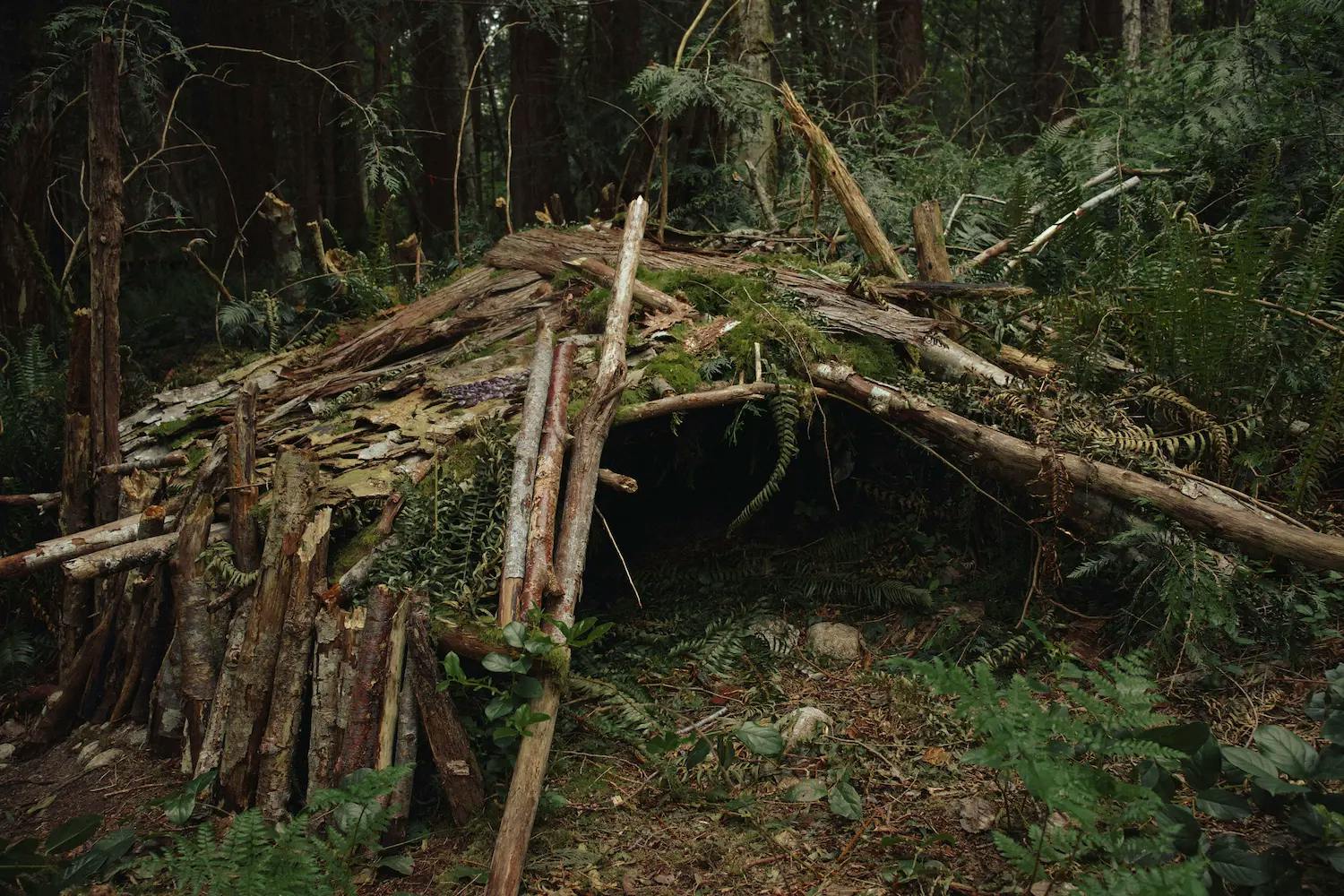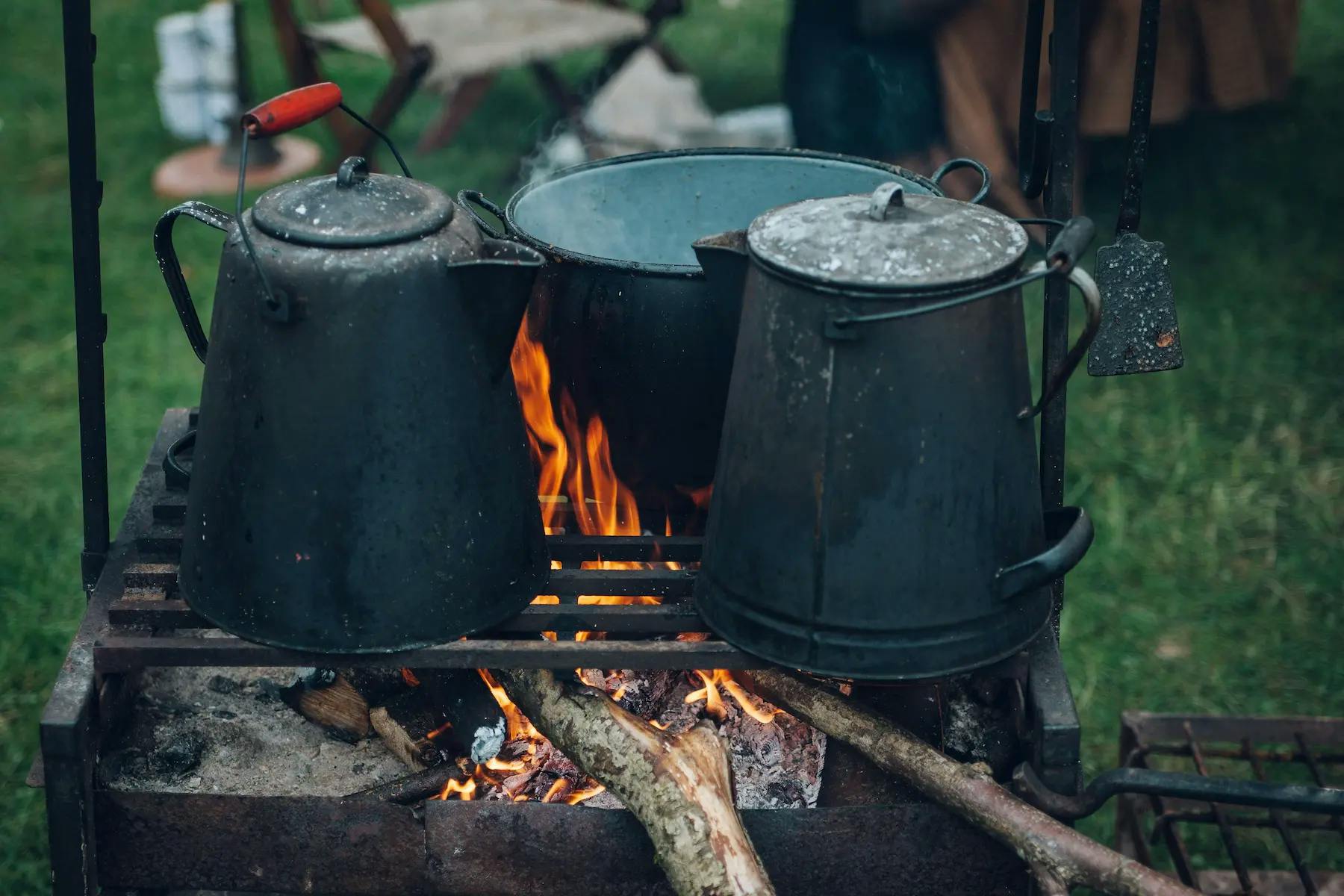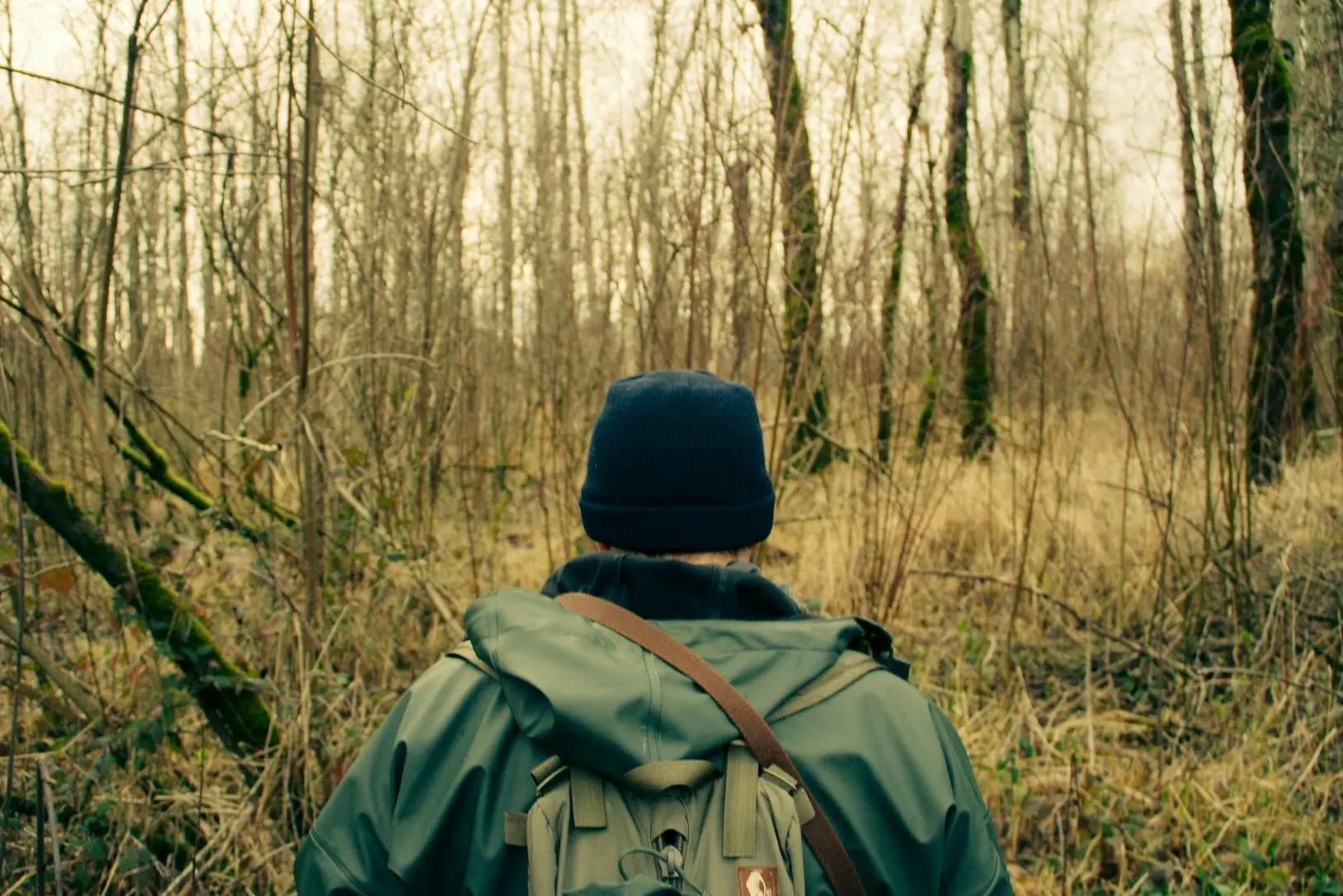Preventing Water Damage: How to Keep Your Boots Dry
- Published on
Preventing Water Damage: How to Keep Your Boots Dry
When you’re out in the wild, exploring the great outdoors, the last thing you want is to have wet, soggy boots. Not only can wet boots be uncomfortable, but they can also lead to blisters, hot spots, and even more serious issues like trench foot. Therefore, it’s crucial to take the necessary steps to keep your boots dry, ensuring your comfort and safety during your outdoor adventures. Here are some essential tips for preventing water damage and keeping your boots dry.
1. Choose the Right Boots
Selecting the right boots is the first step in preventing water damage. Look for waterproof or water-resistant boots that are specifically designed for hiking, camping, or outdoor activities. These boots are typically made with specialized materials that repel water, keeping your feet dry even in the wettest conditions. Additionally, ensure that your boots provide a snug and secure fit to prevent water from seeping in through the top.
2. Use Waterproofing Products
Even if you have waterproof boots, using additional waterproofing products can provide extra protection against moisture. Apply a waterproofing wax or spray specifically designed for the material of your boots, whether it’s leather, suede, or synthetic fabric. Regularly reapply the waterproofing treatment as the effectiveness can diminish over time, especially with frequent use.
3. Wear Gaiters
Gaiters are protective coverings worn over the top of your boots and lower legs. They provide an extra layer of defense against water, mud, and snow, helping to keep your boots and lower legs dry and clean. Gaiters are especially beneficial when hiking in wet or snowy conditions, as they prevent moisture from entering your boots from the top.
4. Choose the Right Socks
Investing in high-quality, moisture-wicking socks can make a significant difference in keeping your feet dry. Look for socks made from merino wool or synthetic materials designed to wick moisture away from your skin. Avoid cotton socks, as they retain moisture and can leave your feet feeling damp and uncomfortable.
5. Practice Proper Maintenance
Regular maintenance of your boots is essential for prolonging their waterproofing capabilities. Keep your boots clean by removing any dirt or debris after each use, as these can compromise the waterproof materials. Additionally, inspect your boots for any signs of wear or damage, such as worn-out seams or cracks, and promptly address any issues to prevent water from seeping in.
6. Allow for Proper Drying
If your boots do get wet, proper drying is critical to prevent moisture build-up and the growth of mold and mildew. Remove the insoles and loosen the laces to allow for ventilation, then air dry your boots away from direct heat sources, which can damage the materials. Stuffing your boots with newspaper can help absorb moisture from the inside.
7. Be Mindful of Environment
Be mindful of the environment in which you’ll be using your boots. Avoid stepping into deep puddles, swampy areas, or crossing streams when possible. When encountering such obstacles is unavoidable, take the time to assess the best and driest route to minimize the exposure of your boots to excessive moisture.
To Wrap Things Up
Keeping your boots dry is an essential part of ensuring your comfort and well-being during outdoor activities. By choosing the right boots, utilizing waterproofing products, wearing gaiters, selecting the appropriate socks, practicing proper maintenance, allowing for proper drying, and being mindful of your environment, you can effectively prevent water damage and enjoy your outdoor adventures with dry, comfortable feet.
Remember, your boots are your most essential gear when you're out in the wild, so taking care of them will go a long way in enhancing your outdoor experience and keeping you prepared for whatever nature throws your way.
Don’t let soggy boots ruin your outdoor fun – take the necessary steps to keep them dry and enjoy your adventures to the fullest.
For more tips on outdoor survival and camping gear, check out Outdoor Gear Lab, a comprehensive resource for outdoor enthusiasts.



